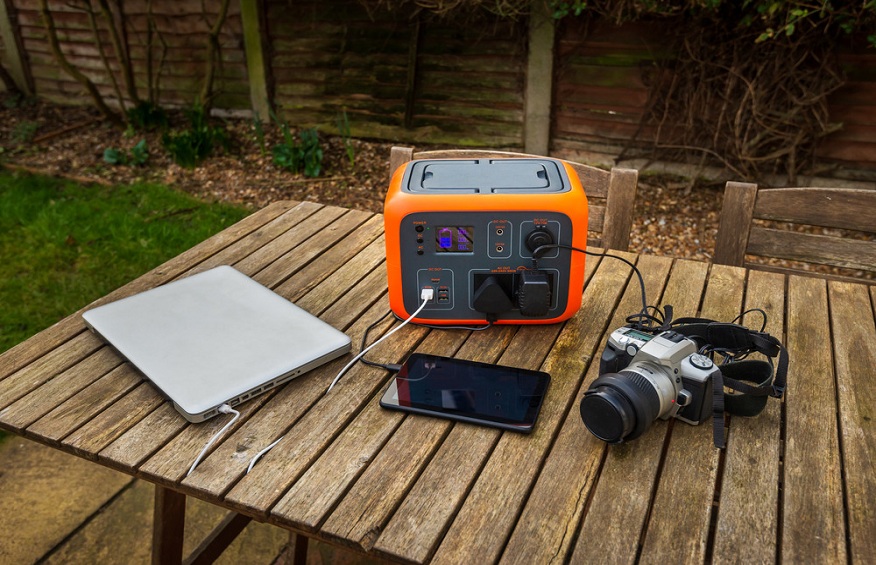Reliable and efficient power solutions are essential in the era of portable technology, which has seamlessly integrated into our lives. It doesn’t matter whether they are smartphones, tablets, smartwatches, or wireless earbuds, these remarkable gadgets have completely transformed our lives as well as the way we engage with our surroundings. Nevertheless, superior mobility demands dependable power options.
Traditional Power Solutions for Portable Devices
For many years, traditional power solutions like disposable batteries were the go-to option for portable devices. They provided a convenient and accessible source of power, but they came with a significant drawback—the need for frequent replacements. This led to increased costs over time and generated considerable waste in the form of discarded batteries.
Rechargeable batteries presented an alternative solution. They offered the ability to recharge and reuse batteries multiple times, reducing waste and saving money in the long run. However, traditional rechargeable AA batteries had their limitations. They often required specific chargers and had a limited capacity, resulting in shorter battery life and the need for more frequent recharging.
To address these challenges, portable power banks gained popularity. These portable devices (often equipped with large lithium-ion batteries) let users charge their devices while out and about. While power banks provided convenience, they were not a seamless solution. They required separate charging and were themselves limited by their battery capacity.
USB C Rechargeable Batteries: A Game-Changer
In recent years, USB C has emerged as a universal charging standard for a wide range of devices. This standardized connector brings several advantages when combined with rechargeable AA batteries. According to the battery experts at Pale Blue Earth, USB C rechargeable AA and other types of batteries are designed to be versatile, compatible, and convenient, making them a game-changer in the portable power landscape.
Versatility and Compatibility
One of the standout features of USB C rechargeable AA batteries is their versatility. We can use them with lots of devices that need AA batteries, including remote controls, wireless keyboards, digital cameras, and even children’s toys. This versatility eliminates the need for carrying multiple types of batteries, streamlining your power needs.
Additionally, USB C has experienced extensive integration, enabling compatibility with various devices. It has emerged as the main method for charging smartphones, tablets, laptops, and numerous other gadgets. Utilizing a USB C cable to charge your rechargeable AA batteries allows you to make use of existing charging systems, minimizing the number of chargers to carry and streamlining your charging setup.
Enhanced Convenience and Cost-Effectiveness
USB C rechargeable batteries offer enhanced convenience compared to traditional rechargeable batteries. USB C enables faster and more efficient charging, resulting in reduced recharge time for your batteries. Moreover, its compatibility with existing charging cables allows you to directly charge your batteries from your laptop, power bank, or wall adapter. This eliminates the necessity for a dedicated battery charger.
In terms of cost-effectiveness, USB C rechargeable batteries provide significant savings over disposable batteries. While the initial investment may be slightly higher, the ability to recharge and reuse the batteries many times more than makes up for it. Over time, you’ll save money by not having to repeatedly purchase disposable batteries, and you’ll reduce environmental waste by minimizing the number of discarded batteries.
Conclusion
The evolution of portable technology has brought about a significant shift in power solutions, with USB C rechargeable batteries emerging as a game-changer. The flexibility, convenience, and compatibility that these rechargeable batteries offer make them an attractive choice for powering many different devices. Their cost-effectiveness, environmental friendliness, and integration with existing charging infrastructure position them as an effective solution for the power needs of portable technology.

